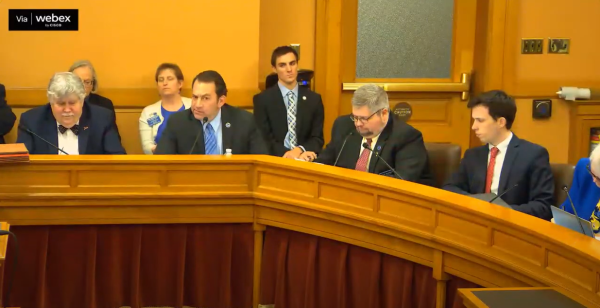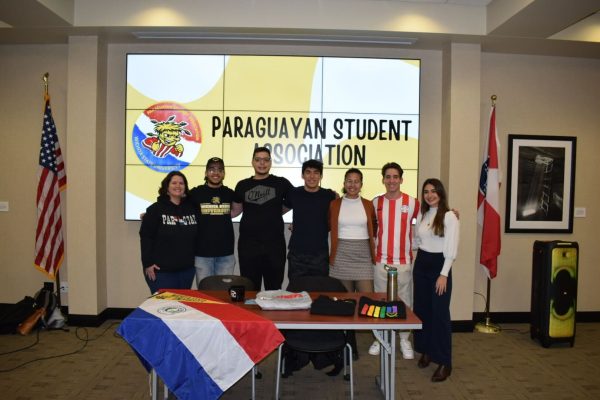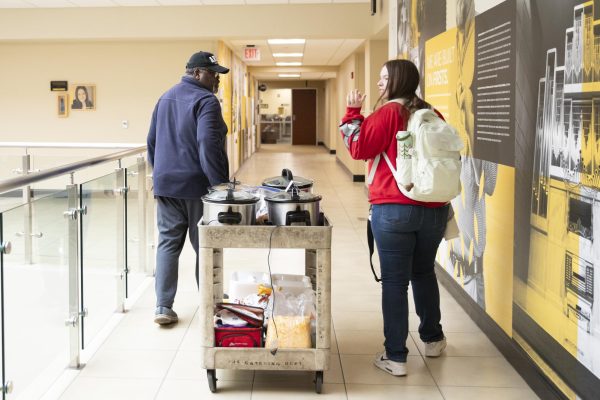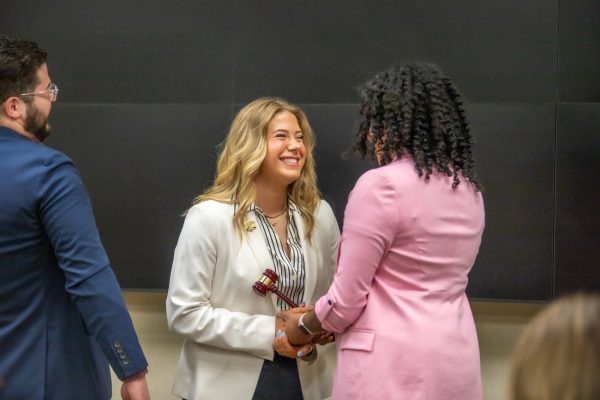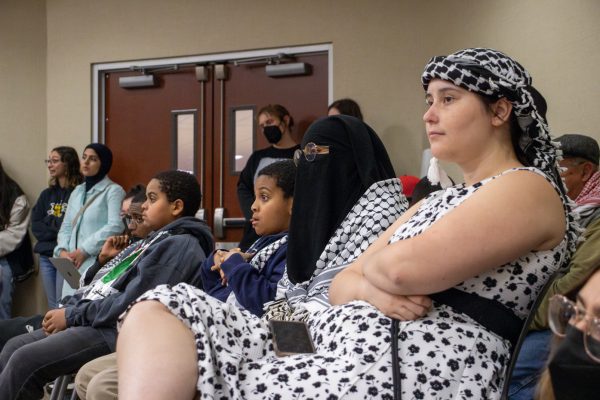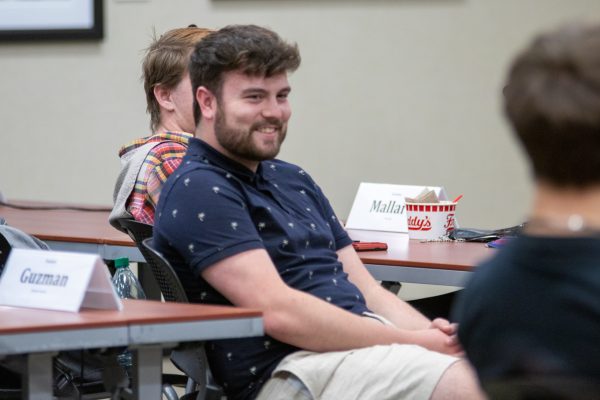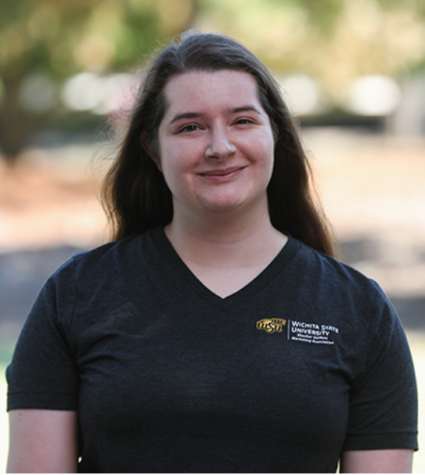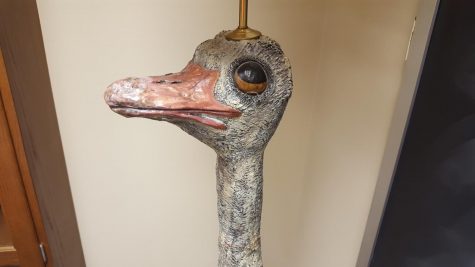Chemistry professor receives support from National Science Foundation
Outside of the chemistry department, few are likely aware of the mass spectrometry and ion-mobility spectrometry research that takes place in McKinley Hall. Fewer likely know what that means.
“In mass spectrometry we take molecules and we fire them at a wall to see how large they are,” Andrew Bowman said. “Then in ion mobility spectrometry we electrocute molecules and depending on how they respond to electricity, we can separate them.
“Learning about the positioning of the neurons and how that affects the shape of the molecules is just as important as knowing the mass,” Julia Kaszycki said.
Bowman and Kaszycki are both graduate students in analytical chemistry at WSU.
These techniques allow researchers to identify a variety of compounds in substances like tissue and blood.
“You have extremely complex mixtures, and what is most important is often present in the smallest amount,” said Alexandre Shvartsburg, assistant professor of chemistry.
Being able to identify such compounds has highly desired biomedical applications. Such procedures play and important role in identifying and treating diseases.
“This is a growing field with billions of dollars being invested in by governments and corporations,” Shvartsburg said.
Last year, Shvartsburg was awarded a $622,000 National Science Foundation Career Award for his research in spectrometry.
The money is dispersed over several years, provided that recipients can demonstrate that they are successfully continuing their research.
He received approval from the NSF at the beginning of this year to continue receiving funds from the award.
Portions of this award and other similar grants directly benefit students in the department.
“When we received the award initially, [the GTAs] all saw a pay increase,” Bowman said.
“With the support from this grant we can focus more on research and teach less. We can go to a larger variety of conferences and meet more people and make more connections,” Kaszycki said.
Heavy teaching loads make it difficult for members of the department to focus on research that results in such grants.
“I am asked and solicited to write proposals which are worth around $2 million each,” Shvartsburg said. “But I have to teach so much that I don’t have any time.
“It costs 5, 6, maybe 7 thousand to hire an adjunct instructor for a class. That means your faculty can work on research in that time. When you free up more faculty time, you make more money back from that investment.”
Hiring practices and funding cutbacks has reduced the already small department from 14 to 11 faculty members over the past 10 years.
The shrinking number of faculty and graduate students has resulted in upper-level undergraduates teaching some of the entry-level chemistry courses.
“They have the capability, but it’s not ideal,” Kaszycki said.
She said she’d rather have graduates teaching those courses.
“If we want to make change at this university, we need more than a pat on the back,” said Shvartsburg. “We need policy change.”
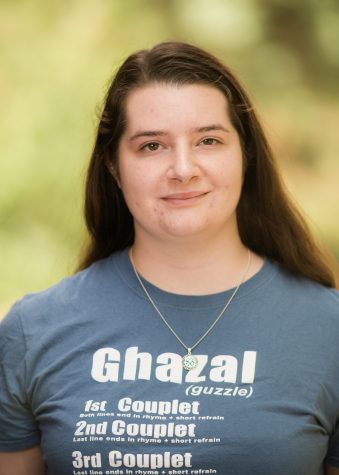
Nicole Byrne was a digital editor for The Sunflower. Despite her better judgment, she developed a crippling addiction to poetry. She self-medicates with...





